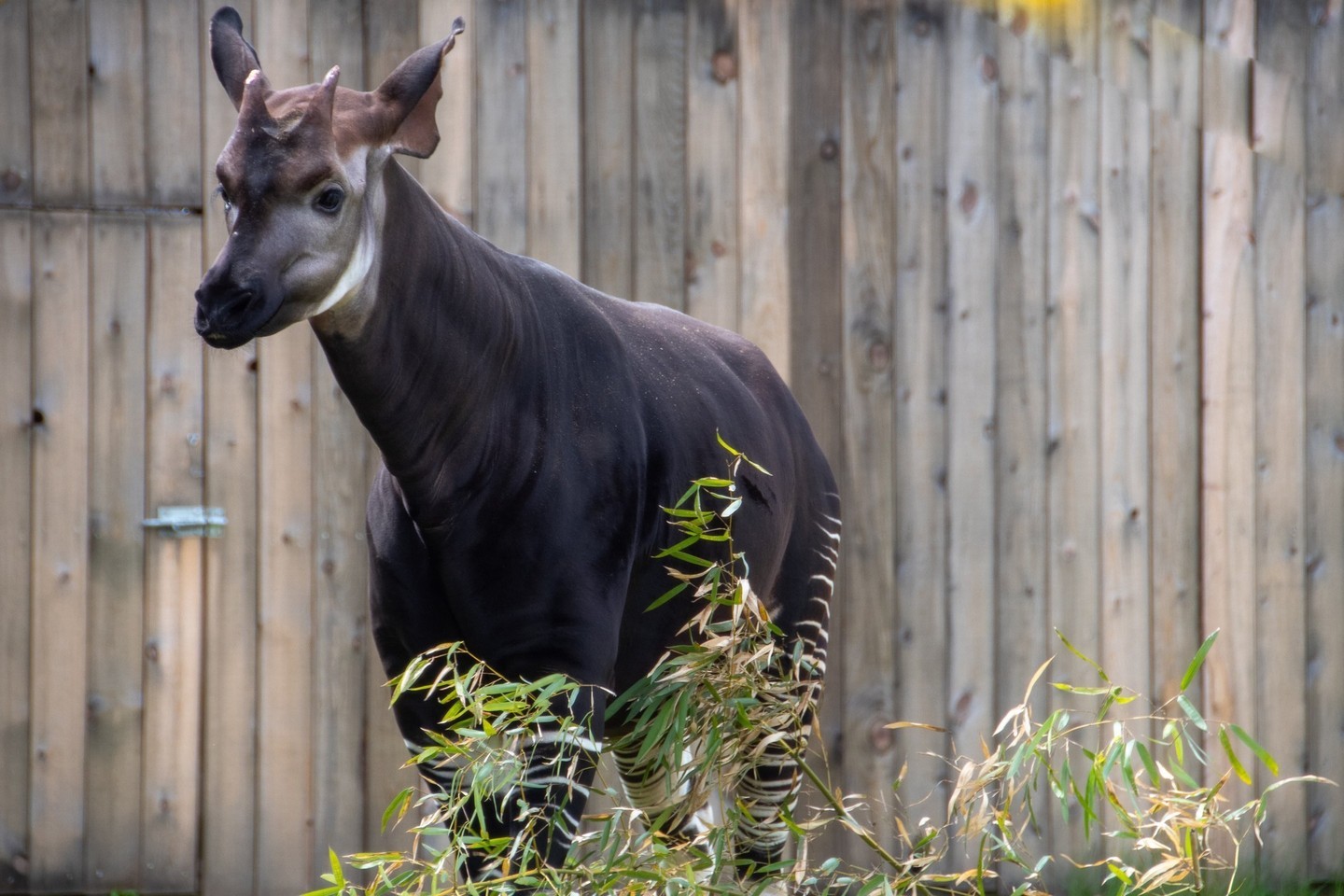- Importance of browse in animal diets and its impact on animal health and natural behavior
- Overview of the browse donation program at Potter Park Zoo and how it supports animal welfare
- Guidelines for donating browse and a list of acceptable plants for the program
- The role of community engagement and participation in wildlife conservation through such donation programs
- Broader implications for wildlife conservation and education in a zoo setting
A key element in zoo management lies at the intersection of animal health and natural behavior: browsing. A term unfamiliar to many outside zoology and wildlife conservation, browse denotes the non-toxic branches and leaves of certain tree and shrub species that many herbivorous and omnivorous animals naturally consume. Potter Park Zoo has implemented a browse donation program, an exemplary initiative for enhancing the lives of animals in human care while engaging the community in a meaningful conservation effort.
Browse plays a critical role in the diets of many zoo animals, as it closely replicates what they would feed on in their natural habitats. By offering a nutritional source that animals can interact with as they would in the wild, zoos like Potter Park provide an environmental enrichment that encourages species-specific foraging behaviors such as nibbling leaves, stripping bark, and chewing stems.
Animals such as rhinos, okapi, bongo, and even those residing in farmyard exhibits, benefit from a diet supplemented with browse. Aside from fulfilling dietary needs, browse allows animals to engage in physical activity essential for maintaining good dental health. Chewing on the tough fibers helps clean their teeth and gums, preventing periodontal diseases that can be common in captivity.
Potter Park Zoo’s browse donation program invites members of the local community to contribute to the welfare of the animals by donating branches and leaves from specific plant species. A diverse browse diet aligns with different animals’ nutritional requirements and preferences, requiring various plants, including maple, willow, and elm.
For those interested in contributing to this program, Potter Park Zoo provides detailed guidelines on their website, including a comprehensive list of acceptable plants. This measure helps to prevent the accidental introduction of toxic or otherwise harmful materials into the animals’ diets. Potential donors can contact Pat Fountain via email at pfountain@ingham.org for further information on participating in this initiative.
Animal welfare in a zoo setting extends beyond mere sustenance and enclosure design. It encompasses the holistic approach to an animal’s physical and psychological well-being. By simulating a diet that animals are genetically predisposed to consume, Potter Park Zoo enables its residents to express instinctual behaviors, providing a semblance of the life they would lead in the wild. This consideration not only bolsters the physical health of the animals but also caters to their psychological needs, offering a reprieve from the potential monotony of zoo life.
The browse donation program stands as a testament to Potter Park Zoo and its community’s commitment to the welfare of the animals they cherish. Connecting with nature is a profound human need, and by participating in such programs, people find an avenue to contribute positively to the environment. Community engagement in conservation is critical, as it is often the concerted efforts of numerous individuals that drive significant change.
This program also serves as an educational platform, shedding light on the needs of animals both in captivity and in the wild, and underscores the importance of maintaining and restoring natural habitats. By drawing the public’s attention to the dynamic nature of animal dietary needs, Potter Park Zoo fosters a greater understanding and appreciation for wildlife among visitors and supporters.
Moreover, the initiative mirrors a broader movement in conservation, where zoos aim to provide refuge and care for animals, educate the public and promote conservation action. Engaging the community through the browse donation program bolsters a sense of shared responsibility in maintaining biodiversity and preserving the intricate balance of our ecosystems.
Lastly, zoos like Potter Park serve as hubs for conservation education. Through interactive learning opportunities, they can convey messages about the importance of conservation. Programs that solicit direct involvement from the public, such as the browse donation program, amplify these messages by offering tangible ways for individuals to contribute to conservation efforts.
These initiatives illustrate the multifaceted nature of zoo management and wildlife conservation. The proactive, community-driven actions such as Potter Park Zoo’s browse donation program exemplify the best practices in animal care and environmental stewardship. Through such programs, zoos enhance the well-being of their animal residents and pave the way for a more engaged and informed public eager to take part in the essential task of protecting our planet’s biodiversity.
*****
Source Description
Looking for a meaningful way to support our animals? Check out our browse donation program! At Potter Park Zoo, we feed browse (non-toxic branches and leaves from specific tree and shrub species) to many of our animals. This diet mimics what they would consume in the wild.
Browse helps our animals engage in natural foraging behaviors like nibbling leaves, stripping bark, and chewing stems. From rhinos and okapi to bongo and farmyard animals, many of our residents benefit from this amazing program!
We accept a variety of browse, including maple, willow, elm, and more. For a full list of acceptable plants, visit our website or email Pat Fountain at pfountain@ingham.org.
Learn more with the link in our bio!


